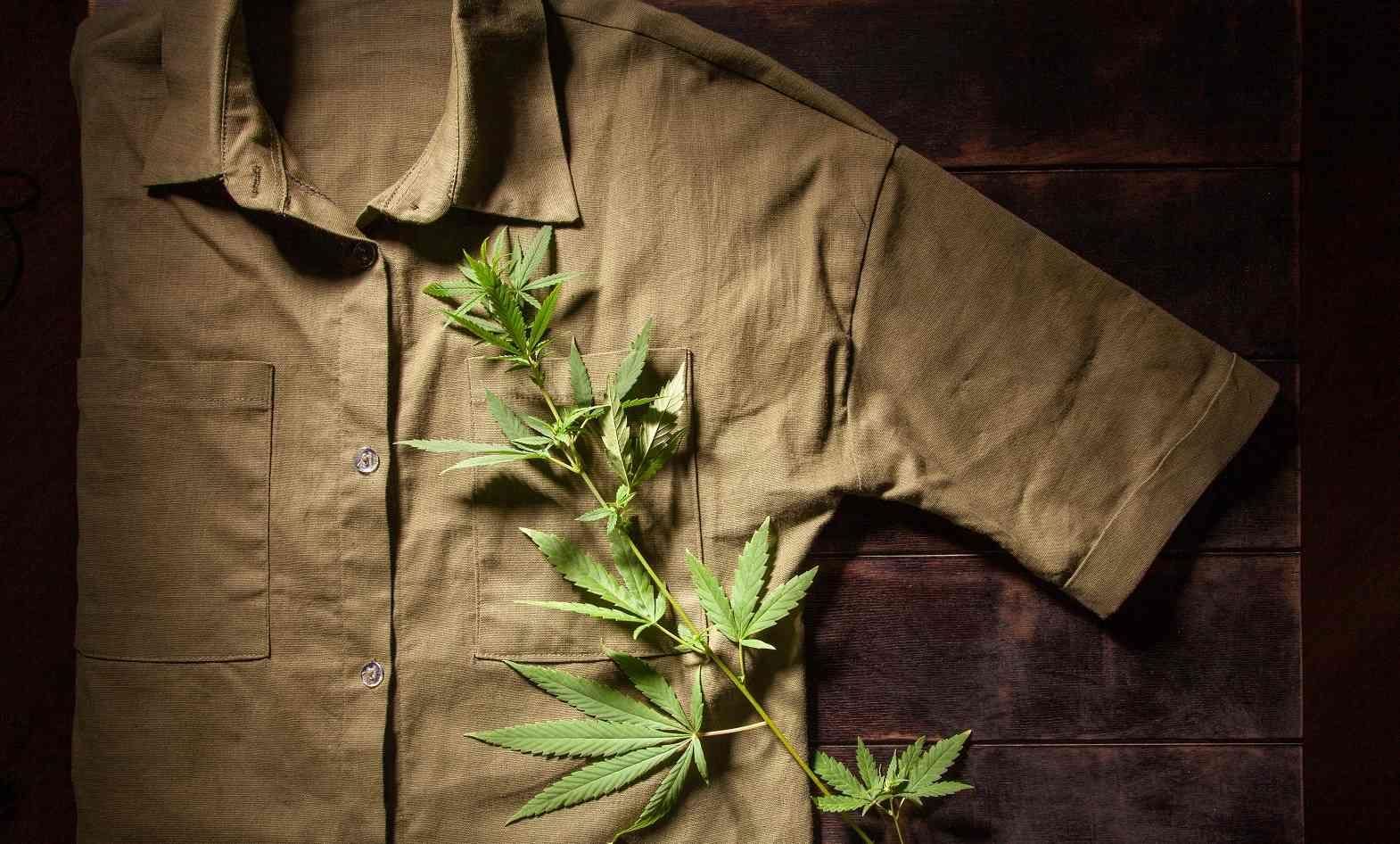Hemp clothes, made from the fibres of the hemp plant, have become significantly popular in recent years due to their sustainability and adaptability. The hemp clothing market is expanding as more people are becoming aware of eco-friendly clothing options and the advantages of hemp fabric. As per a latest report by Expert Market Research, in 2023, the hemp clothing market reached a valuation of approximately $3.19 billion worldwide. By 2032, the market is expected to have grown at a compound annual growth rate (CAGR) of 26.6 per cent, reaching a valuation of around $26.66 billion1, reflecting a growing consumer demand for sustainable and eco-friendly clothing.
The rise of hemp from obscurity to a key role in the eco-fashion movement represents a larger shift in cultural values and priorities at a time when ethical consumerism and climate change concerns are becoming more and more prevalent among the consumers.
What Does Hemp Look Like?
Being a bast fibre, hemp is obtained from stem of the Cannabis plant and is completely natural and biodegradable. The hemp stalk, which is about 30-45 cm in length, is ready to be harvested after three to four months. Then, to get it ready for the retting process, it is sliced, either by hand or by machine. Retting is the result of the microbial breakdown of ‘pectin’, which is the material that holds bast fibre to the hemp stalk’s woody core. The bast fibres, which will eventually be spun into yarn, are what remain after the plant’s fibres are separated by this procedure.
Clothes made of hemp have a longer lifespan because of its strength and resilience. But this has reinforced the myth that hemp clothes are uncomfortable and rigid. Nicknamed as ‘marijuana’s cousin’, hemp is often distracted from the fabric’s many beneficial uses. Hemp has many benefits as a textile for clothing, such as being light, robust, moisture absorbing and quick drying, all of which contribute to the clothing’s durability. Being airy, hemp is especially suitable to wear in warm weather.
Besides all these, what truly sets hemp apart from the competition is the amount that can be grown at one time. Hemp yields around 250 per cent more fibre per acre than cotton and 600 per cent more than flax. Hemp is also one of the quickest growing plants in the world, as the hemp plant matures in just three to four months.2 In addition, the plant looks entirely different; it is taller, for example.
Hemp Market
Hemp’s allure lies not just in its environmental credentials but also in its versatility and durability. A vast range of hemp-based products, including dresses, casual T-shirts, activewear, and undergarments, are finding success in the international market. A growing number of environmentally concerned consumers who place a premium on apparel quality and sustainability are driving this diversification. Additionally, the availability of hemp apparel has greatly increased because of the growth of e-commerce platforms, which has allowed companies like WAMA Underwear, Patagonia, Inc., Hemp Clothing Australia, The Hemp Shop Ltd., and United By Blue, to reach a larger market.3
Challenges on the Horizon
Notwithstanding its encouraging growth trajectory, the hemp apparel business is not without difficulties. The misperception that surrounds hemp because of its botanical similarity to cannabis is one of the main obstacles that can prevent the market from accepting it. Because of the narcotic qualities of the Cannabis sativa plant, hemp farming is banned in many countries, even though variants with very little of the narcotic material can be used in textile applications. To produce hemp, in Flanders region of Belgium, for example, one must submit an application detailing the acreage to be sowed, the location, and the variety to be sown.
In addition, to make sure that its environmental claims can withstand scrutiny, the industry must also negotiate the challenges of supply chain sustainability and the adoption of Integrated Solid Waste Management (ISWM) techniques. Maintaining the industry’s green credentials and growing forward trajectory requires strong environmental protections and sustainable practices.
Future of Hemp
As the hemp clothing market continues to mature, use of hemp is majorly driven by an increasing interest in activewear segment, i.e., sportswear and sponsored sports events. This subniche that combines the need for eco-friendly materials with the widespread attraction of sportswear presents a bright future. Both established players in the market and up-and-comers are eager to take advantage of this chance, using hemp’s special qualities to develop and broaden their product offerings.
The future of hemp clothing is also being influenced by modifications to laws and regulations pertaining to the production and growth of hemp. Governments are changing laws to encourage the development of hemp as they become aware of its advantages for the economy and the environment. This gives farmers the chance to grow hemp, manufacturers the chance to process it, and customers the chance to choose from a wider variety of hemp apparel options. Recently German lawmakers have also passed cannabis legalisation bill.
This, a new age in the apparel business is being heralded by the journey of hemp clothing from an alternative option to a popular fashion choice. This movement is symbolic of a broader shift towards sustainability and ethical consumption.











Comments